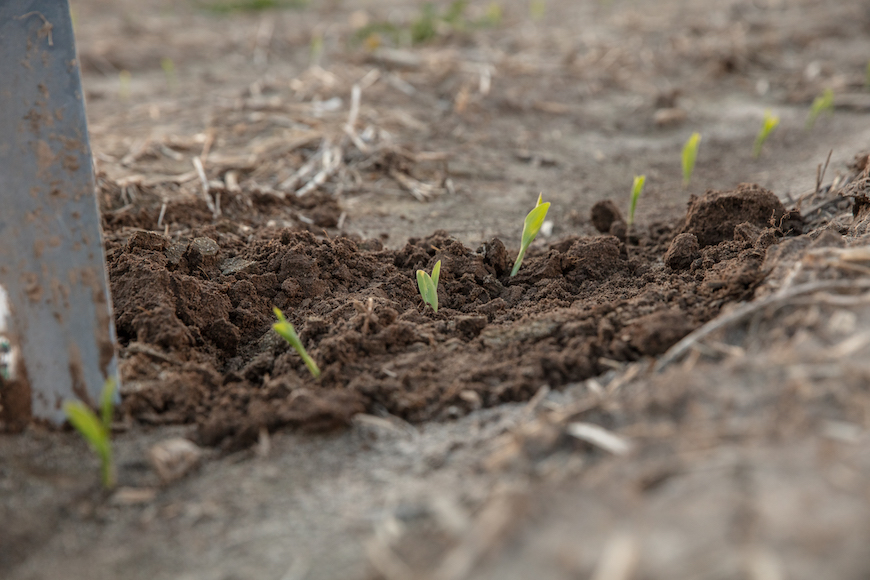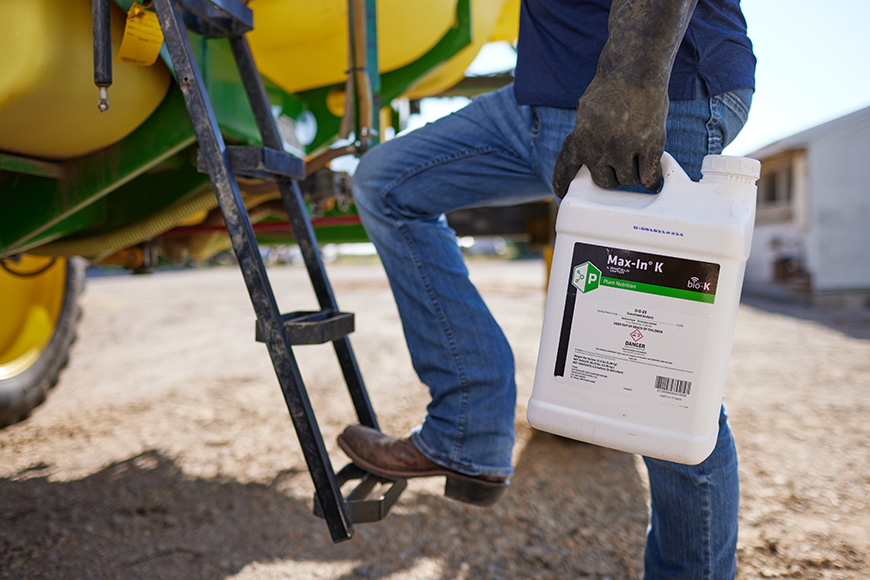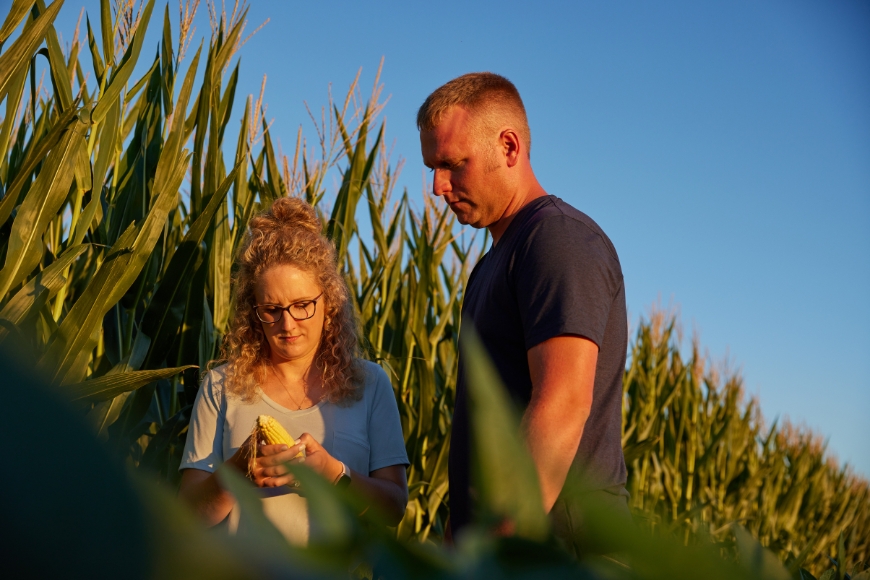How and Why to Get Started With In-Furrow Technology

Getting a crop off to a strong start in the spring is the first step to maximizing yield potential. One way to do that is by using an in-furrow application to support germination, even emergence and consistent, stimulate vigorous early-season growth and protect seedlings. If you’re interested in adding in-furrow applications to your operation, consider these four tips to maximize success.
- Weigh the Economic Value
- Planting early in the season
- Heavy clay soil types with high crusting potential
- Continuous corn rotation
- Planting into cool soils or are geographically prone to cool spring soils
With that said, conditions can change quickly, even when they look ideal for planting. If there’s a cold snap a week after you plant, in-furrow fertility can help ensure the crop has what it needs to push through those stresses. Every farm could have a different response to in-furrow applications, but they can offer valuable protection if conditions do change after planting.
If you opt to wait on purchasing equipment with in-furrow capabilities due to economic factors, there are other options that can provide early-season benefits. For example, Dash™ PBC and Dash™ PBS are seed treatments applied at the planter box to support germination, early plant vigor and microbial nutrient release.
- Evaluate In-Furrow Components
Phosphorus can be considered the seedling’s energy source, so the more phosphorus the plant has, the more energy it has to come up from the ground. Zinc helps transport nutrients and energy from the endosperm to the growing seedling/embryo. Other macronutrients, including nitrogen and potassium, and micronutrients may also be added to the starter mix depending on the crop’s needs. The OptiStart® fertilizer lineup by WinField United offers well-balanced in-furrow starter options for meeting a crop’s early-season nutrition needs.
When adding zinc or other micronutrients to a balanced starter, they should be fully chelated to avoid tank-mix or planter clogging issues. It’s also crucial the nutrient sources in an in-furrow application are readily available in the soil for plant uptake. If you’re unsure how starter nutrients will mix, a jar compatibility test can help identify potential issues. Industry research indicates the optimal rate for most liquid in-furrow applications is 5 gallons per acre. At this rate, you’ll get good in-furrow coverage with droplets close to the seed.
Plant growth regulators are another valuable addition to the in-furrow application. These hormones help regulate plant growth and development. Ascend2® plant growth regulator combines three plant hormones that promote vigorous emergence and root development in corn. When combined with a starter fertilizer, Ascend2 offers a simple, convenient way to enhance early-season crop growth and stress tolerance. Based on multiple years of Answer Plot® trials, corn that received Ascend2 PGR in-furrow along with starter fertilizer had a 3 bushel per acre yield advantage compared to crops that only received a starter fertilizer.1
Some fungicides and insecticides are also compatible with in-furrow applications. The products can help protect the seed from early-season diseases, including Fusarium, Pythium, Phytophthora and insects, including corn rootworm, wireworm, grubs and cutworm.
- Avoid Crop Injury
Weather conditions also can play a role in crop injury. In drier, light soils or where there is low soil moisture, there is a greater risk for crop injury from in-furrow fertilizer applications.
- Keep It Simple
There are many in-furrow product options available and decision-making can feel overwhelming. Evaluate the price per pound of nutrient in different fertilizer formulations and try to keep the application simple. In most cases, phosphorus and zinc will offer the best crop responses in an in-furrow application. Adding a plant growth regulator like Ascend2 can help stimulate root development and stem extension from the ground.
1 Compared to starter fertilizer alone. Based on over 60 trials across Answer Plot locations in 15 states from 2017 to 2021.
All photos are either the property of WinField United or used with permission.
© 2025 WinField United. Important: Before use always read and follow label instructions. Crop performance is dependent on several factors many of which are beyond the control of WinField United, including without limitation, soil type, pest pressures, agronomic practices and weather conditions. Growers are encouraged to consider data from multiple locations, over multiple years and to be mindful of how such agronomic conditions could impact results. Answer Plot, Ascend2, OptiStart and WinField are trademarks of WinField United. All other trademarks are the property of their respective owners.





